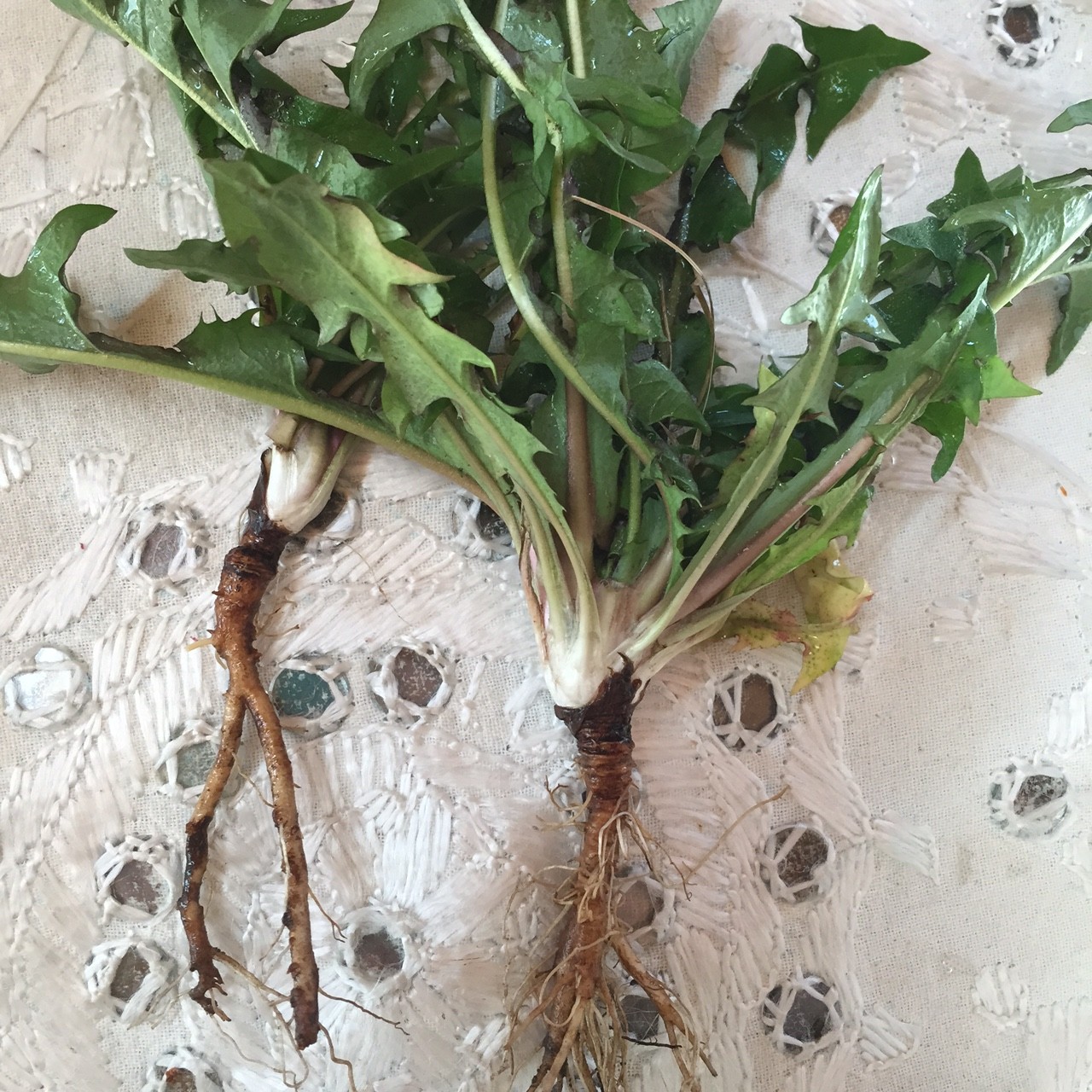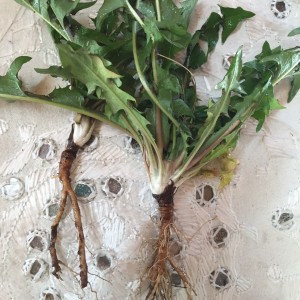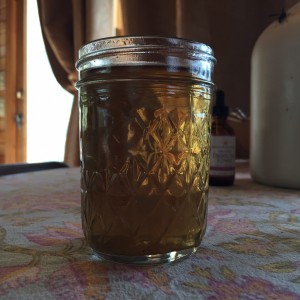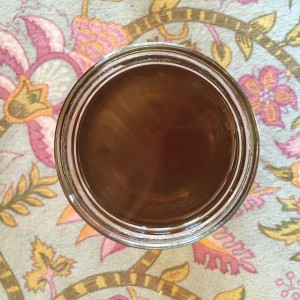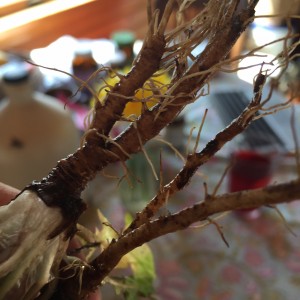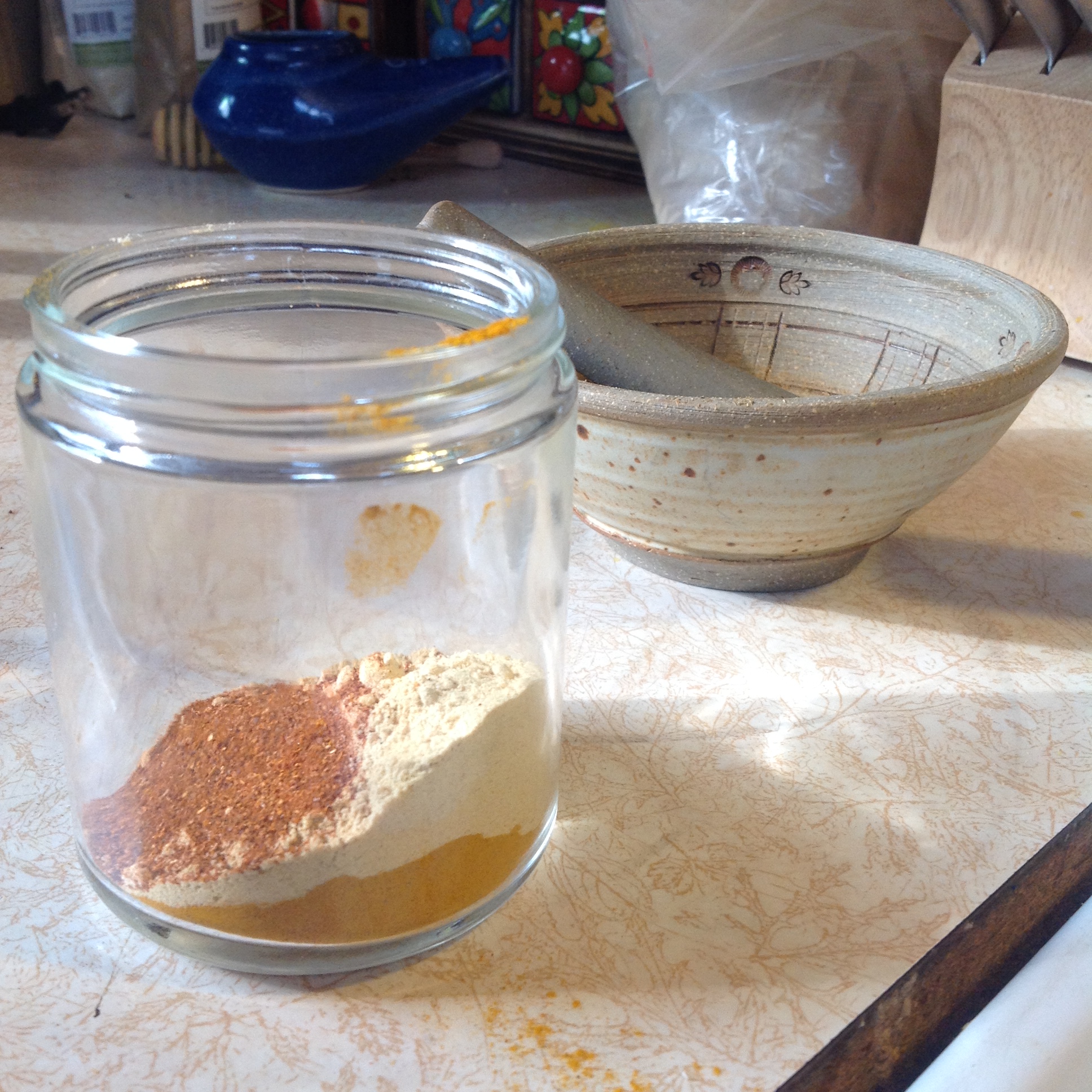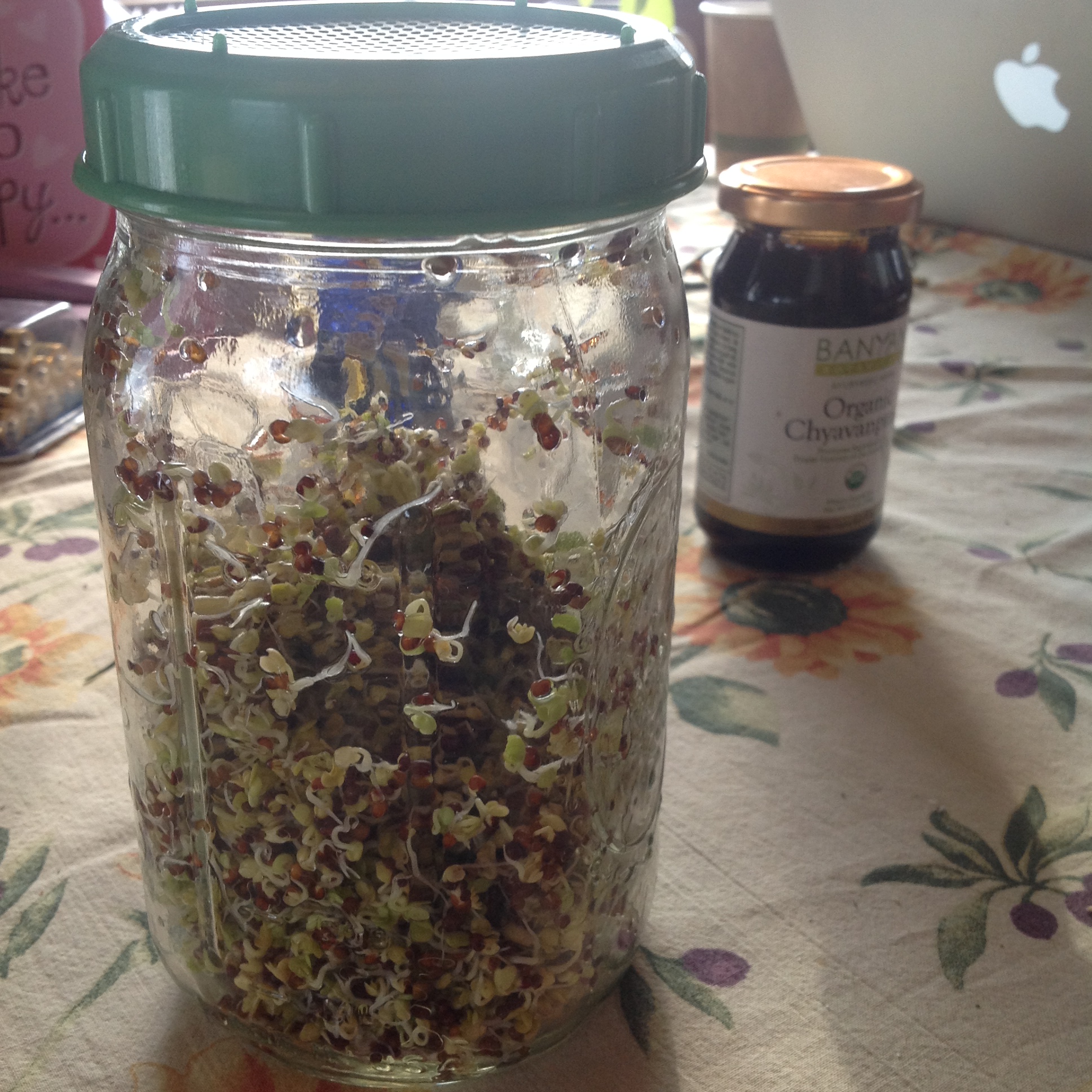Spring Medicine
As soon as Spring arrives, I start looking for the familiar spiked dandelion leaves in my lawn. It’s finally time for me to make a simple Spring medicine – dandelion root decoction. Though I study Ayurveda, and mostly use Indian herbs in my practice, even Ayurveda says that the closest medicine is always the best medicine. And how much closer can you get than right out the front door?
Using herbs does not have to be complicated – though, I will say, it pays to work with an expert for most. There are some key weeds though, that are easy to use and pretty much completely safe for anyone and everyone. I am in love with Guido Mase’s book, The Wild Medicine Solution, in which he outlines those herbs, or families or herbs, which are safe and useful to all. Dandelion is included in here.
I use dandelion root as a decoction. This is like making a very strong tea. When using herbs in this way, as a freshly made, water-based solution, it’s most helpful to do so regularly over a certain period of time, so the blood, the body, becomes saturated with the subtle medicine. So that the system is constantly bathed with the energetics of the substance. This takes some attention, and for me in the Spring, becomes like a daily intention or ritual.
Energetics of Dandelion
The late Spring, according to the Ayurvedic calendar and rtucharya, is an overlapping of Kapha and Pitta gunas (qualities). Kapha qualities of late Winter and Spring like wet, cold, and heaviness fluctuate with the increasing Pitta qualities in the environment, like heat and sharpness. (Sharp is an interesting quality to consider in your environment – I relate to this right now as the bright Spring sunlight finally comes into contact with my winter white skin and delicate eyesight…)
The taste that bring balance to all of these qualities is bitter, or tikta. Remembering that the tastes contain the elements, and that the elements are what make up the doshas. And also remembering that like increases like in Ayurveda, so when looking to balance out the powerful external influences, the season, on our physiology, we choose foods and medicines with opposite qualities.
Kapha is made up of the water and earth elements, and Pitta is made up of fire and water. Bitter taste is said to contain mostly space and air. The space and air elements bring the quality or dry, light, and clear, which balance the qualities found in our environment at this time of year. Dandelion roots, as well as leaves, are a lovely, palatable bitter food/herb. So this makes dandelion the perfect Spring medicine according to Ayurvedic principles – though you may not call in an ‘Ayurvedic herb.’ Whatever that means 🙂
Something I love about Spring dandelions is that they are not all bitter. Use your tongue – there is most certainly a softness and a sweetness to the brew. I believe this makes the Spring tonic less aggravating for Vatas and Vata imbalances.
Why do it?
These doshas can affect us differently, of course, depending on our own constitution. But things that are considered ‘normal abnormalities’ in late Spring include allergies, hives, eczema, skin rashes or itching, red eyes, and irregular digestive stuff going on (whether slow or sluggish, or fluctuating between constipation and loose.) These symptoms can be connected to the doshas mixed with ama, a toxin that is created when our digestion is out of wack. And if digestion is out of wack, as in the case of the examples above, more toxins can be created. This toxin can easily become absorbed into the blood stream, causing skin eruptions, or worsening allergy symptoms.
Dandelion, and most bitters, are considered to benefit the liver and galbladder, which is the organ that cleanses the blood, and aids in digestion through the production of bile – in Ayurveda, blood is referred to as rakta dhatu. The liver has numerous, numerous functions – another one being, as it filters the blood, it aids in the breaking own of hormones. The gallbladder helps us digest our food properly by releasing digestive enzymes. In Ayurveda, we would translate this as agni, part of our digestive capacity.
So, dandelion can benefit us in many ways. The bitter quality of dandelion cools and blood, and aids in proper functionality of the liver, leading to less inflammation, inside and outside. And by improving the flow of bile, we may digest our food better. And when we digest our food better, we create less toxins to begin with, as well as have less daily discomfort. And we all know that digestion is the crux of health and healing in Ayurvedic medicine.
Did you do a cleanse this Spring?
Some of you have already done your Spring cleansing ritual. And some of you joined my Ayurvedic Cleanse a couple of weeks ago. Making a dandelion decoction is a way to extend the benefits and continue to slowly metabolize toxins, and get a jump on Summer Pitta flare ups.
Here’s how I do it:
As soon as I see the dandelion greens pop up in my garden, I go out with the shovel and dig up one of two. Be sure to get deeper than you think, and come up with your tool underneath the plant. Shake away the dirt from the root (and earthworms!) and bring them inside with you.
Wash the whole plant under cool water. Fill a pot full with fresh water. Don’t worry about the exact ratio – but I use a smaller pot, adding about 3-4 cups of water.
Chop the roots roughly, and add roots and leaves to the water. Both parts of the plant have medicinal qualities – the leaves tend to be more of a diuretic, working on the kidneys, and the root, the liver and blood. Both get more and more bitter as the season progresses.
Alternately, you may save the leaves (wash them well!) for a simple bitter salad.
Simmer this concoction over medium low heat until the water is reduced by half. This concentration ratio is considered a decoction, and is much stronger than a tea. Strain and drink, or you may also cool this before drinking – it’s a great room temperature tea.
The next morning, dig up another root or two, and repeat. Leave the previously boiled root and leaf in their for a day or two, then strain and compost.
Feel free to drink up to 2 cups per day. About what you’ll probably yield.
*Be sure that where you are harvesting your dandelions they are NOT SPRAYED or treated with chemical fertilizers!
If you have pitta imbalances in the Summer time, like hay fever, hives, heat rashes, acne, boils, loose stools, hormonal imbalances, heavy menstrual bleeding, or a lot of irritability, start using this medicine now, and see how your season will change.
If you want to learn more about using food as medicine this Summer, join my ECourse for Pitta dosha, which begins on June 5th. Registrations just opened. Many of you have asked for more introductory courses in Ayurveda, and I’m answering!
Love,
